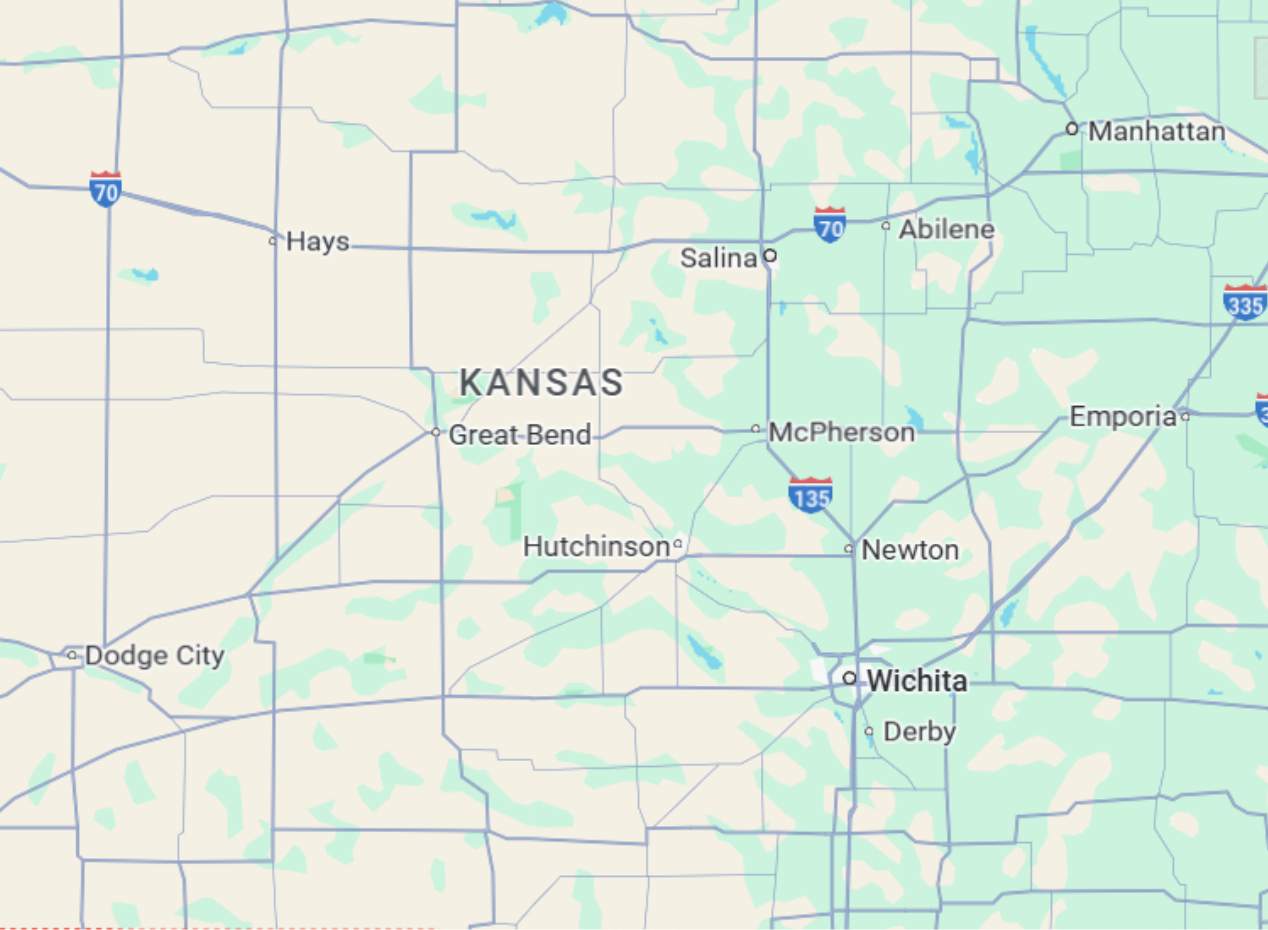Website ADA Compliance in Kansas
By taking proactive steps toward achieving ADA compliance in Kansas, you're not only protecting your business from costly legal battles but also building a reputation as a business that values and respects every individual. Take the lead—prioritize accessibility now and set a standard others will follow.

Kansas ADA Requirements
Kansas has established a comprehensive framework of regulations designed to advance digital accessibility and promote equal access for all individuals. These key regulations reflect the state’s dedication to fostering an inclusive digital environment. They guarantee that websites, digital content, and technology are accessible to people with disabilities. Clear knowledge of these requirements helps organizations meet legal obligations and uphold accessibility standards statewide.
For website accessibility services near Kansas, local expertise can help you navigate state requirements and improve accessibility for users across the state, from Kansas City to Salina.
Americans with Disabilities Act and Section 508
The Americans with Disabilities Act or ADA was put in place back in 1990, and it's a key part of civil rights in the US. Under ADA Title II, state and local agencies need to make sure their digital info is easy to access for individuals with disabilities.
Title III says that any group with a website that is public-facing has to make sure their products, services, and resources are accessible to everyone, too. Plus, federal agencies have to make sure their electronic and information technology is accessible according to Section 508 of the Rehabilitation Act.
If you are looking for some useful guidelines to help you with web and technology accessibility issues, take a look at the Kansas Partnership for Accessible Technology, or KPAT for short. This group is supported by the state and various government agencies.
KPAT is a government effort focused on making sure everyone can access digital spaces and that all of us stick to ADA guidelines here in Kansas.
ITEC 1210-P Revision 4 – Information and Communication Technology Accessibility Policy
ITEC 1210-P Policy, established in 2000 as the Information and Communication Technology Accessibility Standards, was designed to make Kansas state government digital resources accessible to individuals with disabilities.
The policy has undergone several revisions to stay current with technological advancements. The latest update, Revision 4, which took effect on April 24, 2025, align with the ADA and Section 508.
The Kansas Information Technology Executive Council (ITEC) is responsible for overseeing compliance and guarantee that public digital services remain accessible.
Entities Required to Comply with the Kansas ADA
This policy is for all parts of the executive branch, like boards, commissions, departments, and divisions. Educational institutions linked with state entities also need to make sure their ICT meets the required accessibility standards.
While this policy is not strictly for private businesses, it is a good idea to follow its accessibility guidelines. These guidelines are all about protecting the public's interests.
Focusing on accessibility builds trust with customers and helps you dodge any legal or financial problems that can come from web accessibility issues.
Resources Covered
ITEC 1210-P Revision 4 Policy requires that all information and communication technology (ICT) acquired, developed, maintained, or used by state entities adhere to Revised Section 508 Standards and ADA Title II Regulations. This includes:
- Websites, applications, and software
- Multimedia content
- Other ICT used by executive branch agencies
Consequences of Noncompliance with Kansas ADA Requirements
Staying compliant with ADA rules in Kansas is super important to protect your business. If you fail to comply with the ADA or Section 508, you could face fines that start at $55,000 for your first mistake and jump to $110,000 if it happens again.
Plus, bad press from accessibility problems can seriously hurt how people see your brand. When your public image takes a hit, it usually leads to losing customers and cutting into your profits.
How To Make Sure Your Website Complies With Kansas Accessibility Policies
ADA compliance in Kansas may seem challenging, but by following these important digital accessibility guidelines, you can successfully navigate the process and achieve positive results:
- Perform Accessibility Checks: Regularly test your website and include essential features like alternative text for images, keyboard navigation, and semantic markup.
- Achieve Full Accessibility Through Audits: Make your website accessible by performing accessibility audits. These audits evaluate all elements on your page—text, images, interactive components, and documents. If your site includes electronic documents like PDFs, addressing document remediation should be part of your overall accessibility strategy.
- Provide a Way to Report Issues: User feedback helps you improve your site’s accessibility, enhance user experience, and show your commitment to inclusivity.
Is digital accessibility causing confusion or concern? At Be Accessible, we turn your digital challenges into smooth, inclusive experiences. We can assist with everything from comprehensive website audits to automating document remediation, addressing accessibility issues with ease, and delivering tailored training.
Be Accessible Increases Digital Accessibility Every Day
We serve a wide range of industries from restaurants to tech companies to financial institutions and everything in between.
Contact Us
You're one step closer to ADA compliance.
Fields marked with * are required.